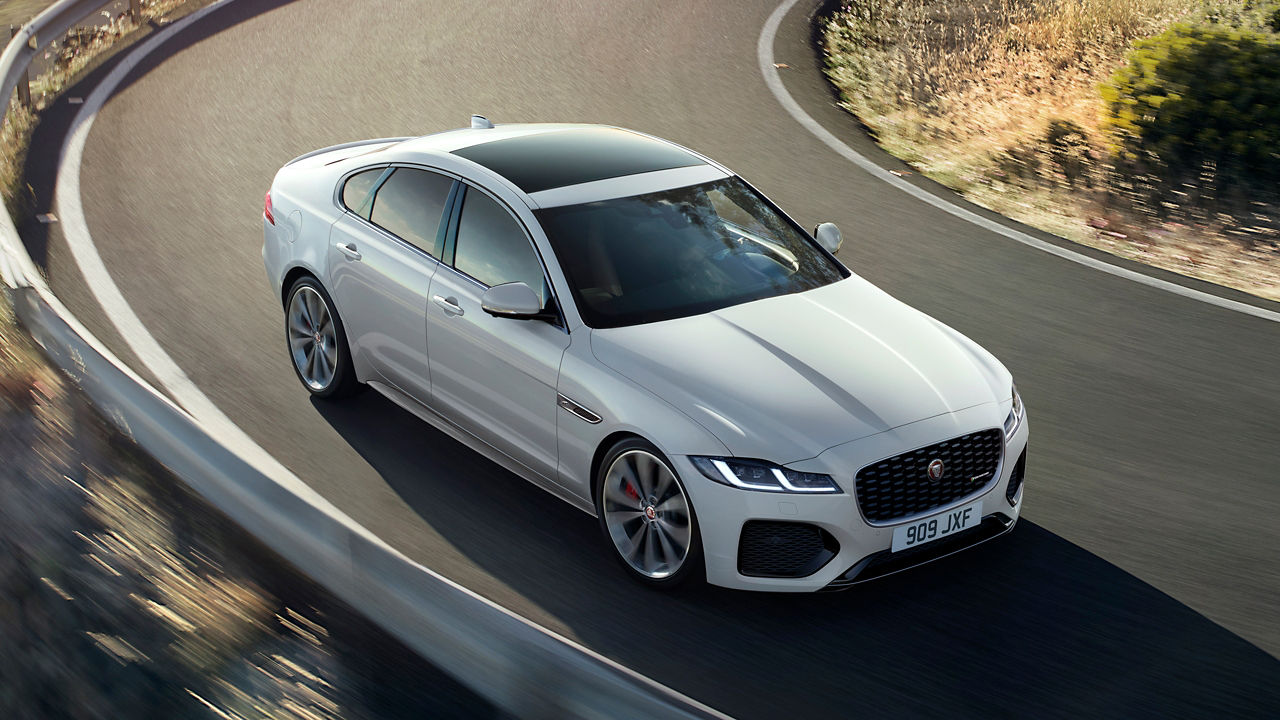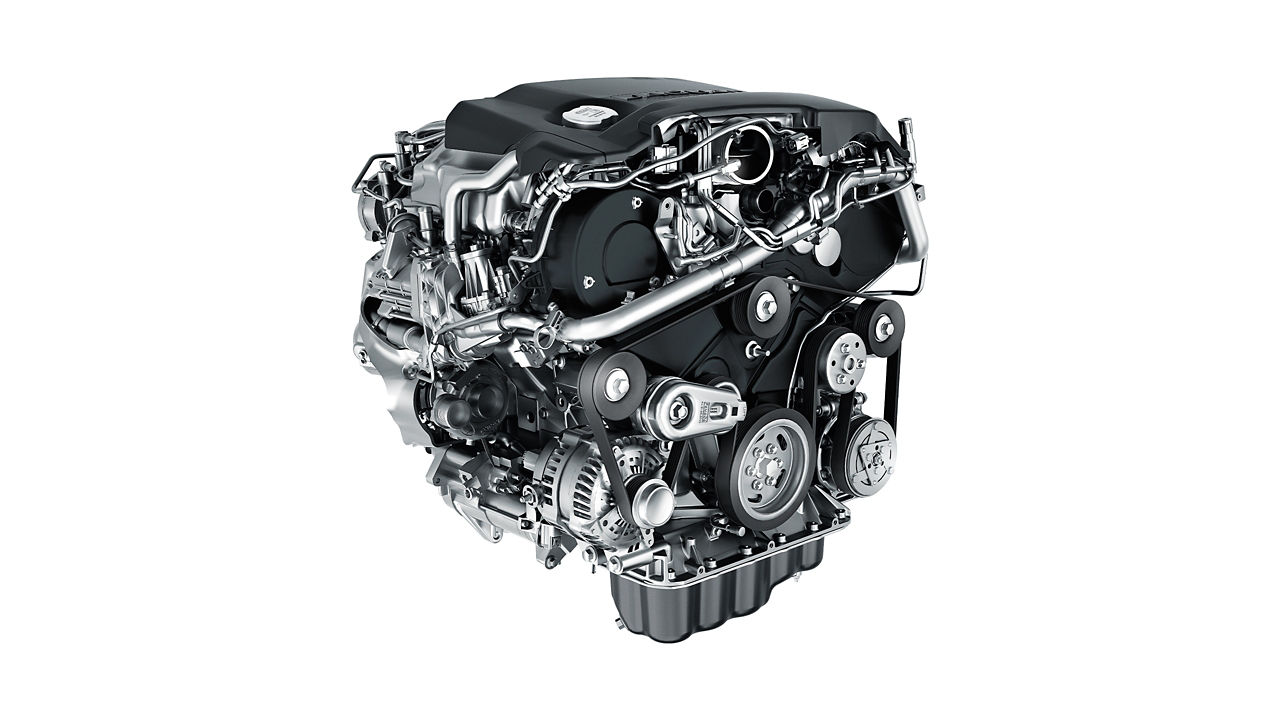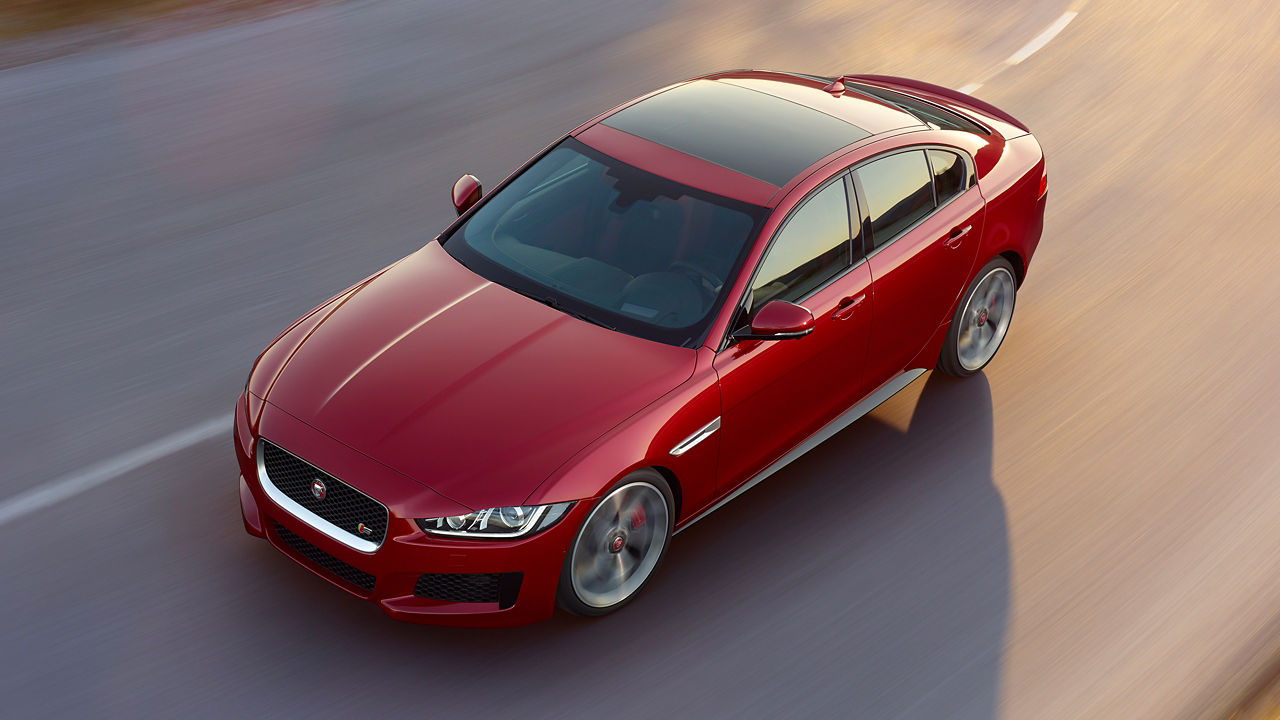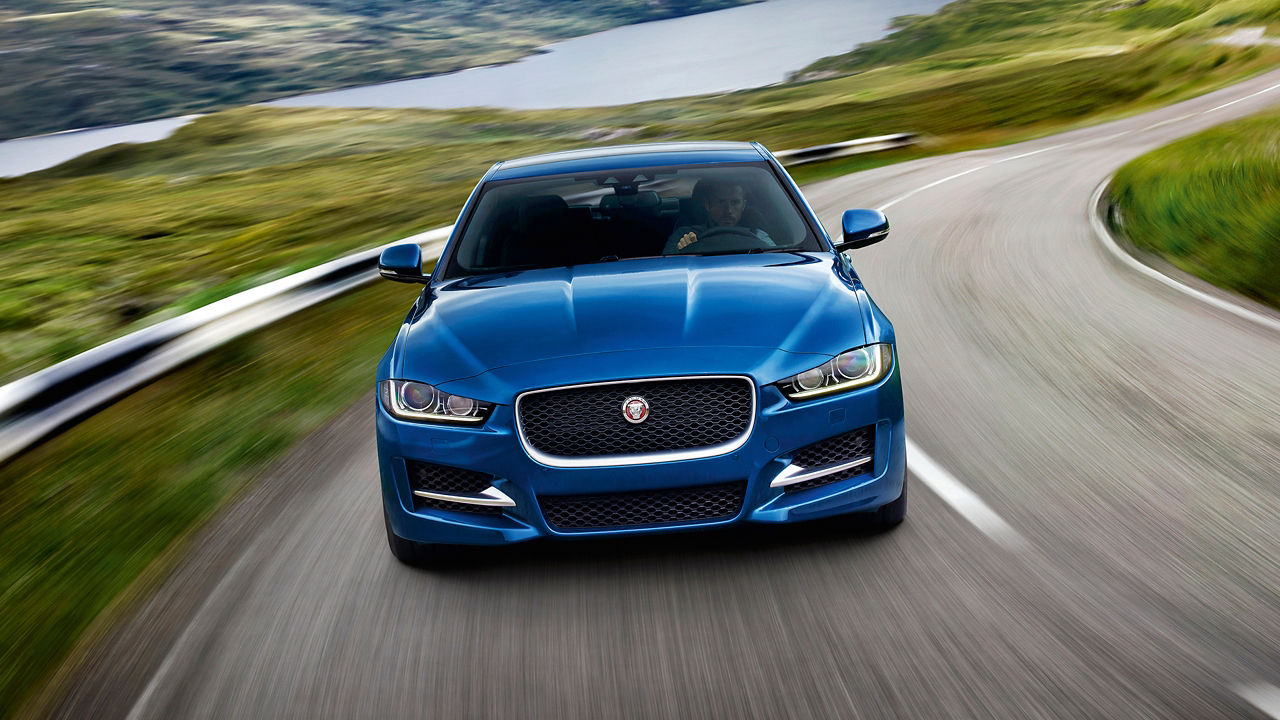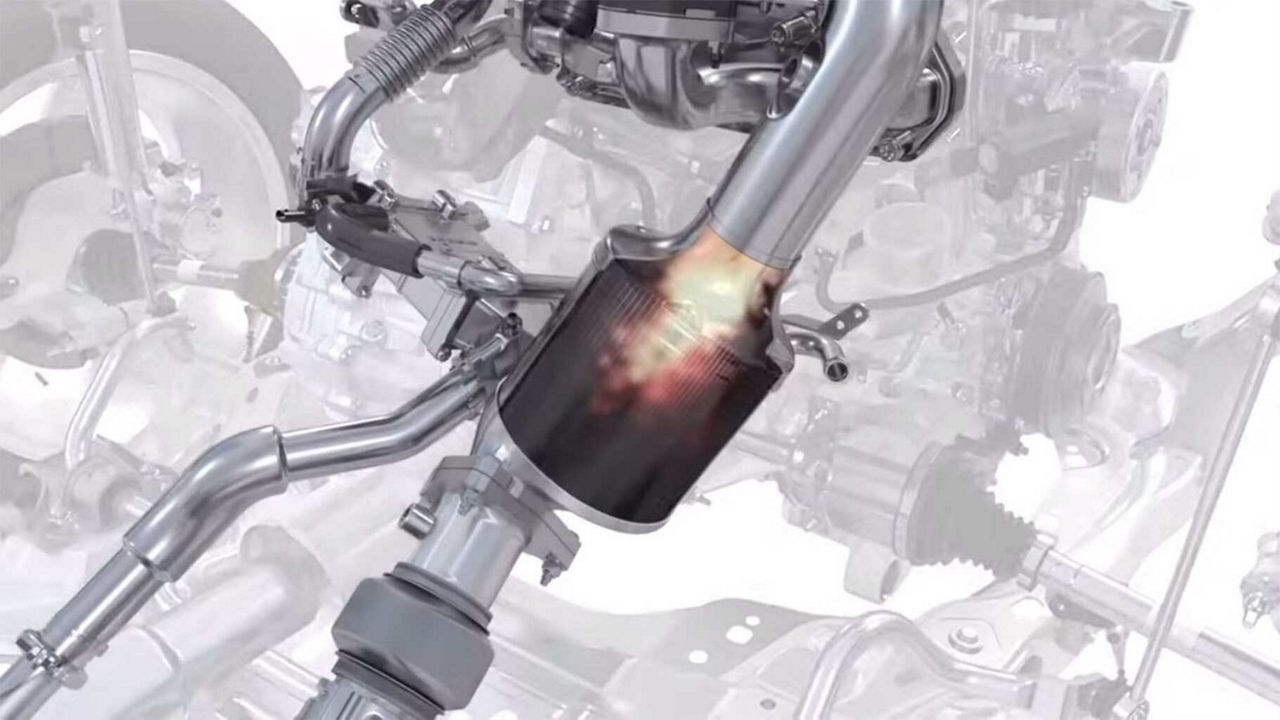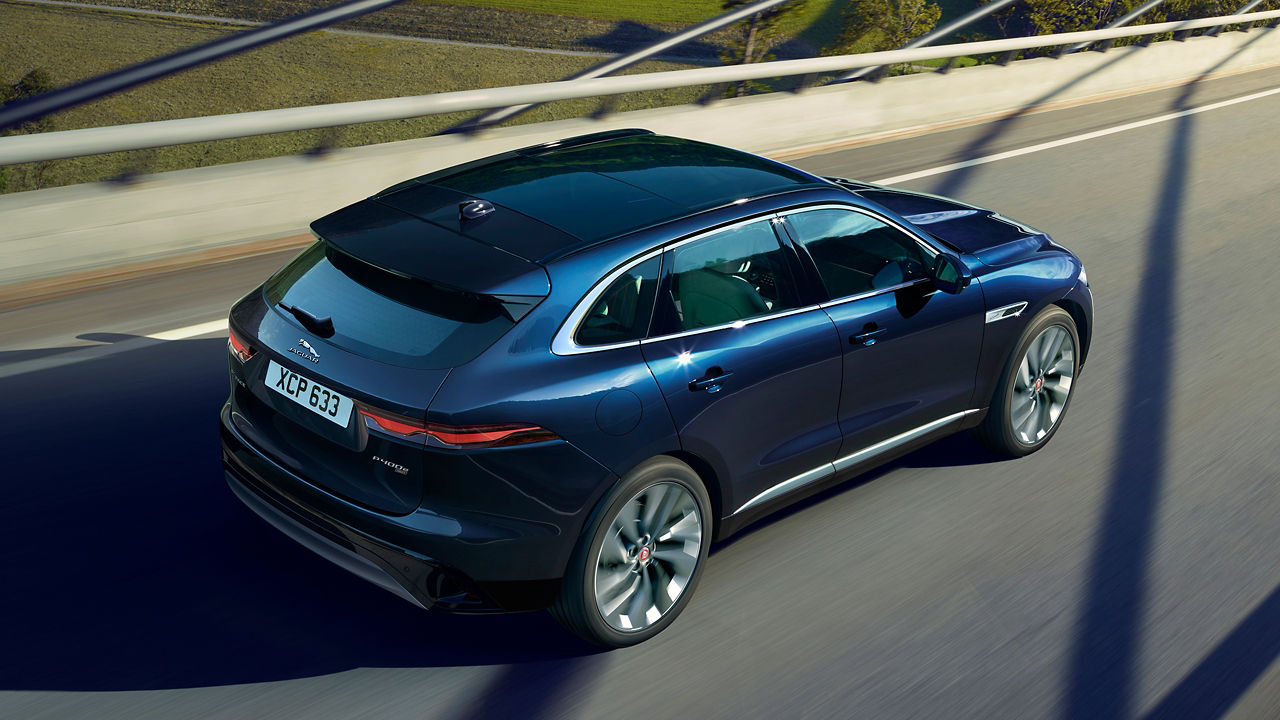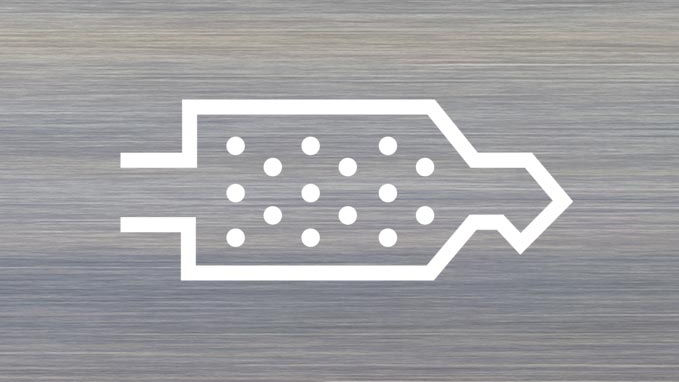EURO 6, DIESEL ENGINES AND SELECTIVE CATALYTIC REDUCTION: WHAT IS DEF, HOW TO REFILL AND FAQs
We explain what Euro 6 emissions legislation means for our cars, our drivers and the environment.
WHAT IS EURO 6?
Euro 6 is a piece of European Legislation aimed at making cars more environmentally friendly by limiting their exhaust emissions. The legislation sets restrictions on how much nitrogen oxide (NOx) and hydrocarbon gases may be emitted per kilometre by a road vehicle.
Petrol and diesel cars are subject to different restrictions under the new Euro 6 legislation. For diesel cars, the permitted level of NOx emissions has been brought down to 80 mg/km (from 180 mg/km), while the permitted level of hydrocarbons emissions has been brought down to 170 mg/km (from 230 mg/km). The permitted level of NOx emissions for petrol cars remains at 60 mg/km, while the permitted level of hydrocarbons emissions remains at 100 mg/km.
Along with other car manufacturers, Jaguar is legally obligated to comply with these new regulations by the following dates:
- From 1st January 2015, all newly introduced vehicles must meet Euro 6 standards. This includes any new models on the market, for example: Jaguar XE
- Vehicles already on sale must comply with Euro 6 by 1st September 2015, but;
- Individual vehicles already on sale that were built by, and dispatched from, the manufacturer before 1st June 2015 can continue to be sold until 1st September 2016. However, the manufacturer must apply for derogation in these instances.
PETROL AND DIESEL EMISSION STANDARDS IMPROVEMENT 2000 – 2014
Technical innovations have helped to lower vehicle emissions over the last 15 years. Since 2000, NOx limits for diesel engines have reduced by 84% and particulates by 90%.
The table below outlines the reductions:
| Petrol | Diesel | Petrol | Diesel | Petrol | Diesel | Petrol | Diesel | ||||
| CO (g/km)
| 2.3 | 0.64
| 1.0 | 0.50 | 1.0
| 0.50
| 1.0
| 0.50
| |||
| HC (g/km)
| 0.2 | 0.10
| 0.10 | -
| 0.10 | -
| 0.10 | -
| |||
| HC + Nox | - | -
| - | 0.30
| - | 0.23
| - | 0.17
| |||
| NOx (g/km)
| 0.15 | 0.5
| 0.08 | 0.25
| 0.06 | 0.18
| 0.06 | 0.08
| |||
| PM (g/km) | no limit
| 0.05
| no limit
| 0.025
| 0.005 | 0.005
| 0.005 | 0.005 |
| Model | Approx. Tank Capacity (litres) | Potential Consumption | Initial Warning of AdBlue® (1500 miles left) |
|---|---|---|---|
| XJ | 15 litres
| 1 litre per 560 miles
| 6500-7200 miles
|
| XF | 17 litres
| 1 litre per 560 miles
| 7600-8400 miles
|
| XE | 9 litres (163 PS)
| 1 litre per 560 miles
| 3300-3700 miles
7000-7800 miles |
| F-PACE | 17 litres
| 1 litre per 420 miles
| 5300-5900 miles |
*AdBlue® usage is dependant on driving style and supplied figures are indicative only
The DEF quality and flow rate are similarly monitored. You will be notified if the system detects inferior DEF quality or a malfunction, starting with an alert that gives you 530 miles to correct the problem. Once more, the vehicle will not restart if you don’t take corrective action in this period.

WHAT MODELS DOES THIS AFFECT?
In order to meet EU6 standards, the Selective Catalytic Reduction system will be featured across all diesel-engine models from 2016 model year onwards.
Speak to your local retailer for more information
GLOSSARY AND FREQUENTLY ASKED QUESTIONS
What is NOx?
NOx is short for Nitrogen Oxides, which are chemical compounds formed from nitrogen and oxygen. Under high temperatures, such as those resulting from the combustion of fuel in air, nitrogen and oxygen undergo a series of chemical reactions, combining to form NOx.
What Is Diesel Particulate Matter?
Diesel Particulate Matter is a complex mixture of solid and liquid particles suspended in exhaust gases. These particles vary greatly in size, composition, and origin, but primarily consist of very small soot particles, generated during combustion.
How do manufacturers demonstrate compliance with the Euro emissions standards?
Vehicles are regularly tested in a laboratory in accordance with a set of industry-wide legally prescribed procedures in the presence of an independent authority. In addition, manufacturers also have an obligation to periodically test the performance and conformity of newly manufactured cars to ensure that vehicles demonstrate effective emissions control and perform as designed.
I’ve read that vehicles exceed the Euro emissions standards in the real-world. Why is this?
The current industry-wide laboratory testing procedures provide a highly repeatable and standardised approach to measuring the emissions performance of vehicles. However, in practice the conditions experienced in real-world driving – such as environmental conditions, traffic, road speeds and personal driving styles – can be much more variable and can influence the emissions performance of a vehicle.
The development of the test procedures has not maintained pace with advances in vehicle design and functionality. To address this situation, a new laboratory based test procedure is under development and laboratory testing will be supplemented with a Real-world Driving Emissions test (commonly abbreviated to RDE). The RDE test will require manufacturers to measure the emissions performance of vehicles under real-world conditions.
What are the health effects of diesel?
The science is still emerging and it is important to note that there are many sources of these pollutants such as particulates and NOx; diesel engines are only one of these. We are confident that the Jaguar vehicles we build today have dramatically reduced the level of emissions they produce. Yet air quality can only be consistently improved in partnership with industry, government, academics and consumers.
What is a Diesel Particulate Filter (DPF)?
All our diesel engines are fitted with a Diesel Particulate Filter (DPF). The DPF forms part of the emissions reduction system fitted to your vehicle. The DPF removes up to 99% of the carbon microspheres (soot) before they leave the exhaust. It does this by filtering out the particles, which are then stored until they are burnt away automatically and the filter is emptied.
I drive in an urban environment. Is this a problem with a diesel?
Driving in an urban environment is not a cause for concern. Unlike a normal filter, which requires periodic replacement, the DPF has been designed to regenerate, or clean itself, to maintain operating efficiency. This regeneration process takes place automatically while the vehicle is being driven. In some instances e.g. if the majority of your journeys are short or consist of slow speeds the system may not meet the required temperature to allow the DPF to regenerate. In this instance a yellow light will be lit on the driver’s instrument panel. If this occurs, a 20-minute drive at a constant minimum speed of 45mph will ensure the system regenerates.
